Sokols in WW1 and 2
Sokols and the Czech Sokol Organization played key roles in World Wars I and II
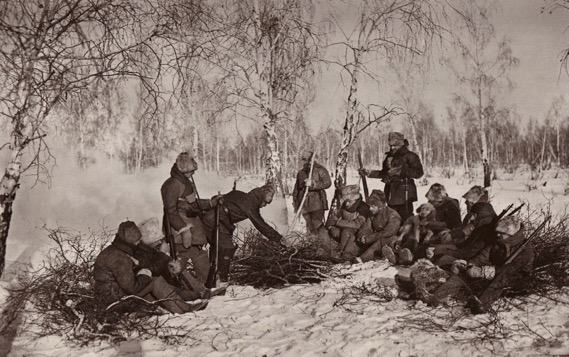
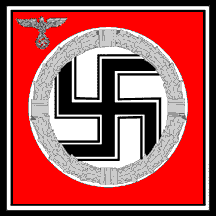
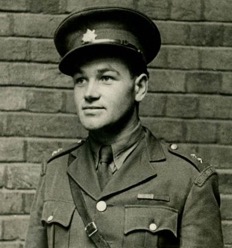
Sokol’s Role in World War I (1914-1918)
Czech men were obliged to serve in the Austrian Army, which was supported by the armies of Hungary, Germany, Bulgaria, and the Ottoman Empire. Few Czechs approved fighting the Allies, i.e., Serbia, France, Great Britain and Russia (and later the United States). Thus, at the onset of the war some Czech soldiers joined the Russian fighting forces and fought the Austrians and Germans. This group of Czechs were known as the Česká Družina (Czech Brigade), and later when they were joined by Slovaks they were known as the legionnaires and members of the Legion. Their legacy is that they fought bravely for the independence of Czechs and Slovaks from Austrian-Hungarian dominance. The Bolsheviks seized power in 1917 and Russia was no longer with the Allies. Thus, the legionnaires seized the Trans-Siberian railway and traveled 6,000 miles from the Ukraine to Vladivostok.
This fighting force was inspired by the Sokol culture of fitness, discipline, hardness, and ethnic pride. Not surprisingly, a remarkable number of legionnaires were Sokol members, and many of them served in leadership roles in the Legions. They fought battles from France and through Russia and became a very strong voice for the establishment of Czechoslovakia in 1918. That year President Masaryk, a life-long Sokol said: “Without Sokol there would be no legions, and without Legions there would be no Czechoslovakia.”
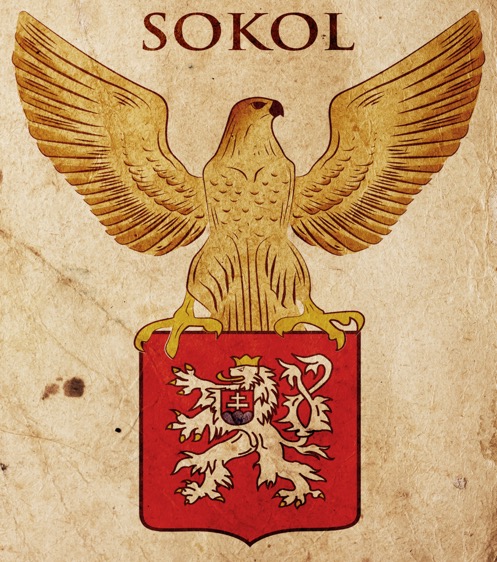
Sokol’s Role in the Creation of Czechoslovakia
- Sokol’s key role in the creation of the first Czechoslovak Republic has often been largely overlooked in writings regarding World War I.
- As noted above, President Masaryk regarded the role of Sokol in the establishment and the service of the Legions as critical, and that the formation of Czechoslovakia as dependent on the service of the legionnaires. Masaryk received the cooperation of Sokol President Scheiner already at the onset of the war.
- The logo in the photo captures the relationship of Sokol (the falcon) with the seal of Czechoslovakia (Czech lion, and Slovak flag).
Establishing an Army to fight with the Allies against Austria and Germany
- Česká Družina (Czech Brigade) was a fighting force created at the request of the future president of Czechoslovakia, Tomáš Masaryk. Their training was that of the Sokol system. Many of the Legion’s leaders were Sokol members.
- Later the Czech Brigade expanded to three Czech-Slovak Legions who fought in France, Italy and Russia.
- The Legions, with 85,000 men in 1918, became legendary because of the men’s bravery and success in battles.
- Masaryk, who spent time in the US during the war, was able to document that the armies of his comrades were fighting for their independence, while assisting the allies.
- More than 2,000 Czech and Slovak immigrants from the US joined the fighting forces in France during the last year of the war
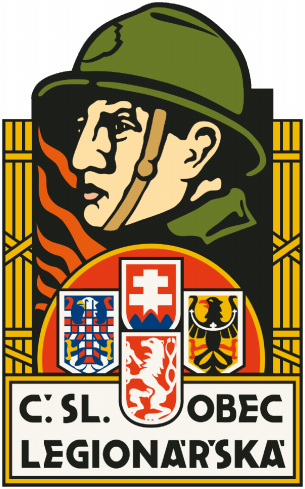
Future President Masaryk visiting legionnaries During World War I
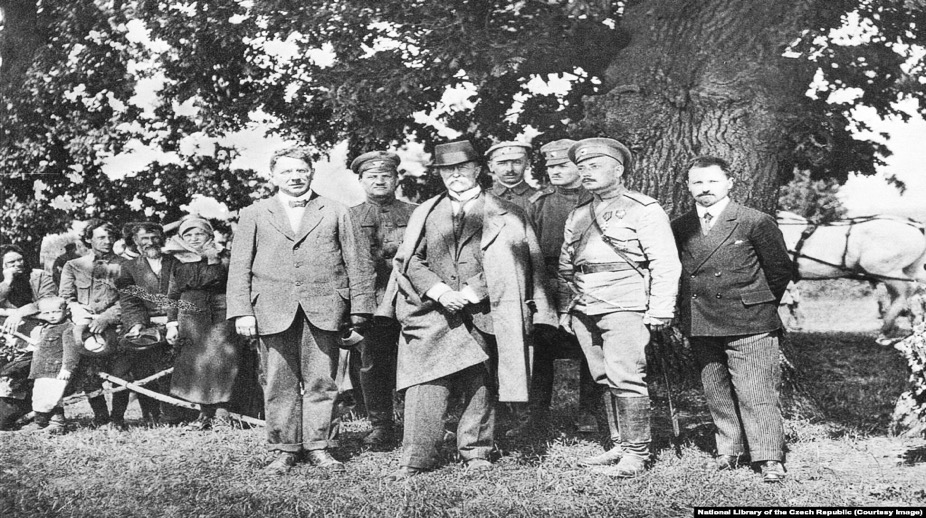
World War I Legendary Czech-Slovak Legionnaires
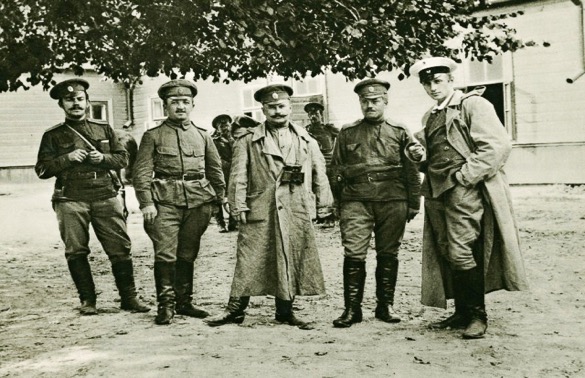
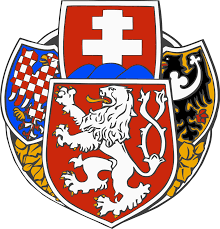
Legionnaires on a camouflaged train on the Trans-Siberian Railway
- They traveled 6,000 miles from Ukraine to Vladivostok, and then by ship to France.
- Their 50,000-man army defeated the Bolsheviks along the journey.
- They were loyal to future President Masaryk who had recruited them.
- Legionnaire’s legacies: formation of Czechoslovakia, support of Western countries, and victory for democracy.
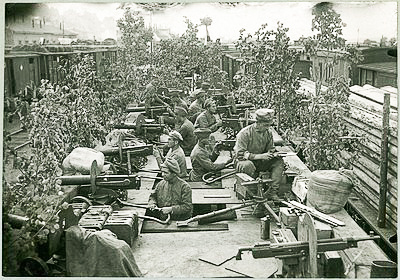
Armored War Train Seized by the Legions
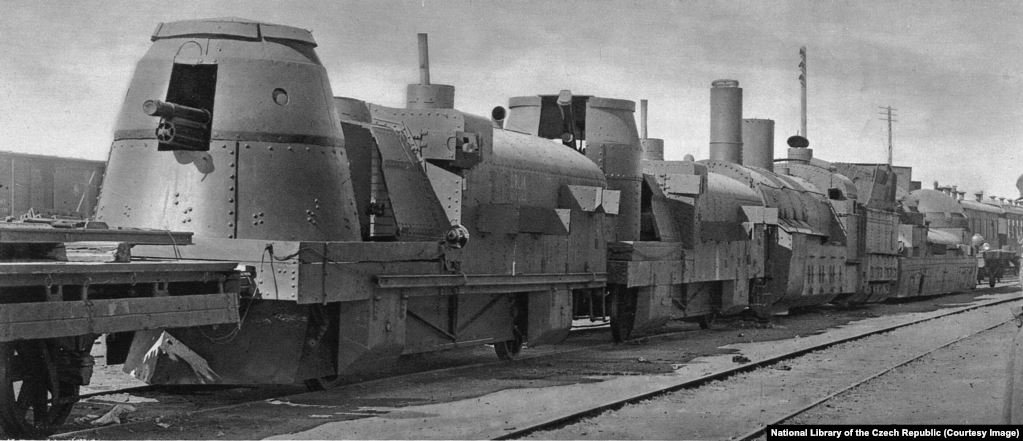
Czecho-Slovak Legion, stranded in Siberia in 1917, seized control of the Trans-Siberian Railroad and helped found Czechoslovakia
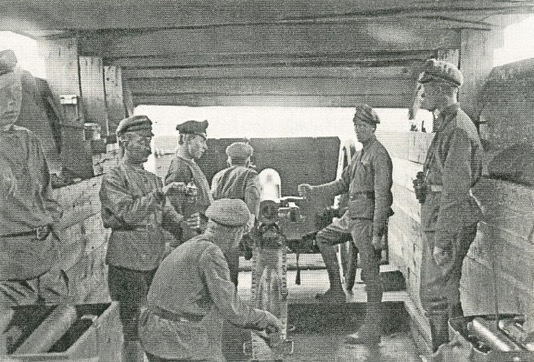
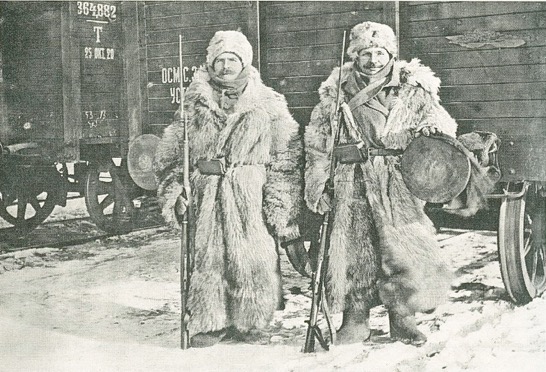
Legionnaires Return from Russia by Sailing Around the World
- As seen in the photo, the troops are boarding a ship which sailed around the world to France. Their wait in Russia was made possible by a deal reached with the Bolsheviks, requiring the legionnaires to give the gold they captured from the disposed Czar.
- Sadly, the heroic saga of the brave legionnaires is not known by a wide audience. A detailed account is now available in: K.J. McNamara, Dreams of a Great Small Nation, 2016.
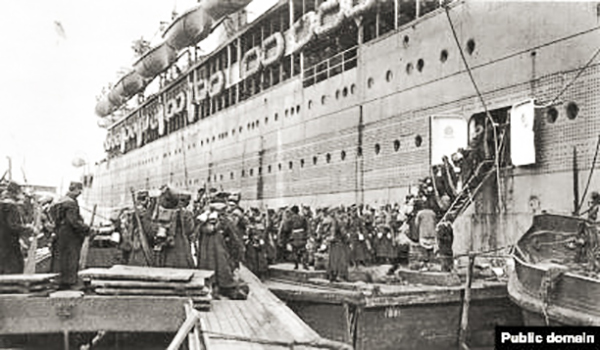
Slovaks and World War I

- The formation of Czechoslovakia depended on a merger of Slovaks with the Czechs. Although traditions and languages were similar for the two groups, their histories differed. The marriage was essential, because at the time the formation of two separate, independent countries was not feasible.
- As indicated in the poster (to the right), there was a call for Slovaks to fight for their freedom. Thus, the Czech-Slovak Legion became the single most important factor that led to downfall of the Austro-Hungarian Monarchy and the formation of Czechoslovakia in 1918.
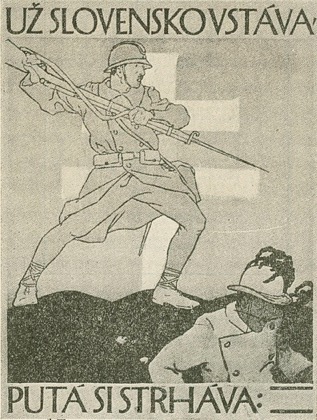
Sokol played a key security role in the newly established Czechoslovakia, as the
Czech Organization Sokol formed “Sokol Guard” (Sokolská Stráž)
- guarding train stations and trains
- guarding military barracks and fortresses
- confiscating weapons from enemies
- preventing looting and theft
- helping defend Slovakia from Hungarian and Communist invasion
They served from 1918 – 1922.
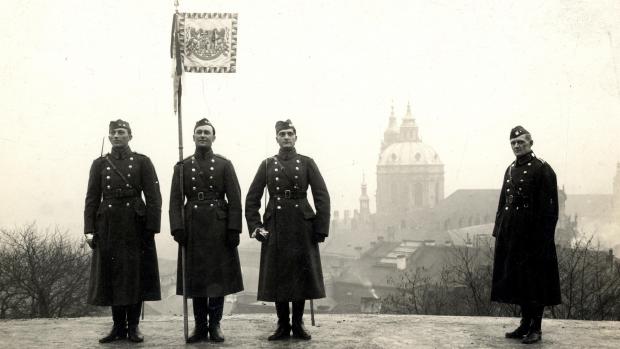
Sokol guards at Prague Castle circa 1919
(photo Military Historical Institute, Prague)
Sokol guards of Hradčany Castle (Presidents Office)
- Sokol guards in 1918 (left photo) at the castle protected the new president (Masaryk). The coat of arms represents the 3 Czech provinces: lion - Bohemia, checkered eagle – Moravia, black eagle – Silesia.
- That tradition evolved to special military guards still utilized today (right photo).
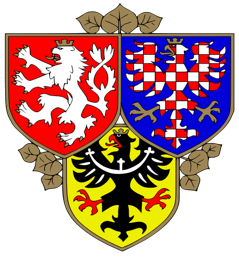
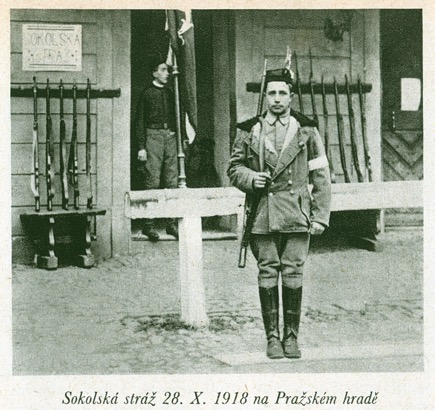
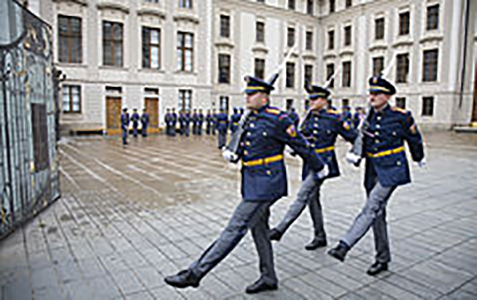
Bohemia and Moravia become a Protectorate of Nazi Germany German occupation: 1939 - 1945
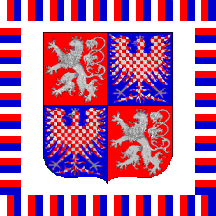
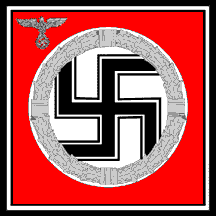
Sokols in the Resistance Movement in World War II
- The Czech Sokol organization was a major player in the resistance of Nazi occupation.
- Sokols built a network of operatives as part of UVOD, the resistance organization.
- Nazis banned Sokols because they understood them to be the most dangerous group.
- Sokols helped in the assassination of Reinhard Heydrich Chief of German Security.
- 8,223 Sokols were imprisoned; almost 5,000 were executed or died in concentration camps.
- Sokol President Dr. Stanislav Bukovský died in Auschwitz.
- Olympic 1928 parallel bar gold medalist Ladislav Vácha died following his arrest by the Gestapo.
- Jan Gajdoš, two-time World Gymnastics champion and a resistance group member died after a death march in 1945.
- Vlasta Děkanová the first women’s World Gymnastics champion worked in the resistance movement throughout the war years.
- At the end of the war President Edvard Beněs honored the Sokols for their resistance during the
war and attached the Czechoslovak War Cross to the Sokol battalion.
Czech Union Sokol gives birth to the resistance group, OSVO
- Shortly after declaration of Bohemia and Moravia as a “Protective State” of Germany in 1939, the Sokol organization began preparation for a resistance movement.
- OSVO or Obec Sokolská Odboji (Organization Sokol Resistance) was formed and provided these functions:
1. Disturbing German transport
2. Hiding prisoners
3. Raising money for arrested citizens
4. Some sabotage
5. Providing information to other resistance groups
- OSVO played a role in “Operation Anthropoid”the assassination of Reinhard Heydrich.
- Sokol’s participation in the resistance movement was considered critical.
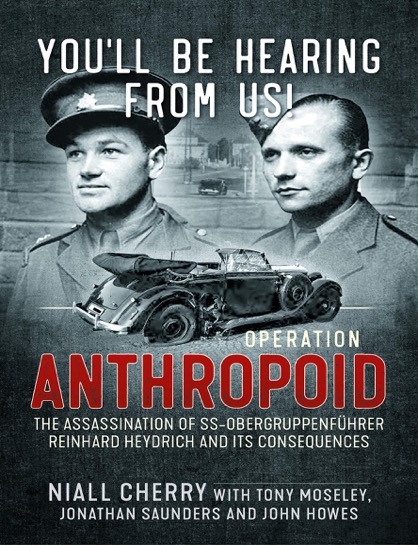
President Edvard Beneš in Exile 1939-1945
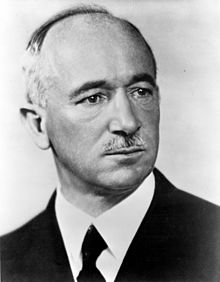
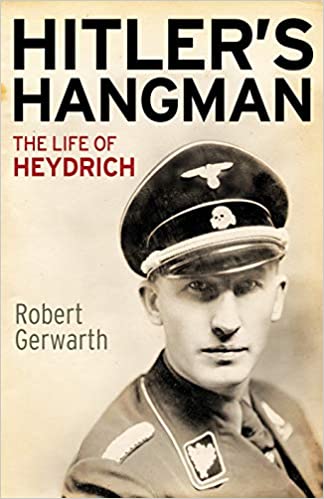
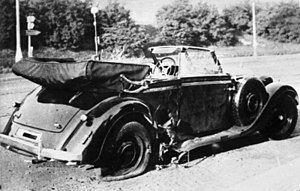
In remembrance of the dissolution of the Czech Sokol Organization (October of 1941) by the Nazis, the Czechs want to have October 8 added as a national holiday.
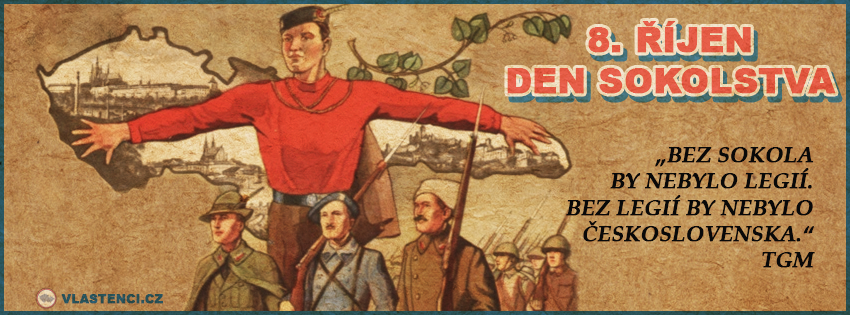
Sokol emerges after World War II (1945-1948)
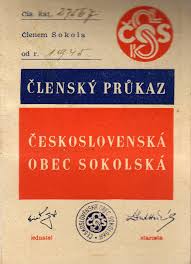
- Gymnastic activities resumed (magazine for juniors – right photo). Women gymnasts won team gold in 1948 Olympics.
- 1948 Slet was a huge success, but Communist infiltration of Sokols began and Sokol districts are dissolved. Czechoslovakia joins the Communist bloc.
- 1952 Sokol disbanded.
- 1990 Sokol renewed.

